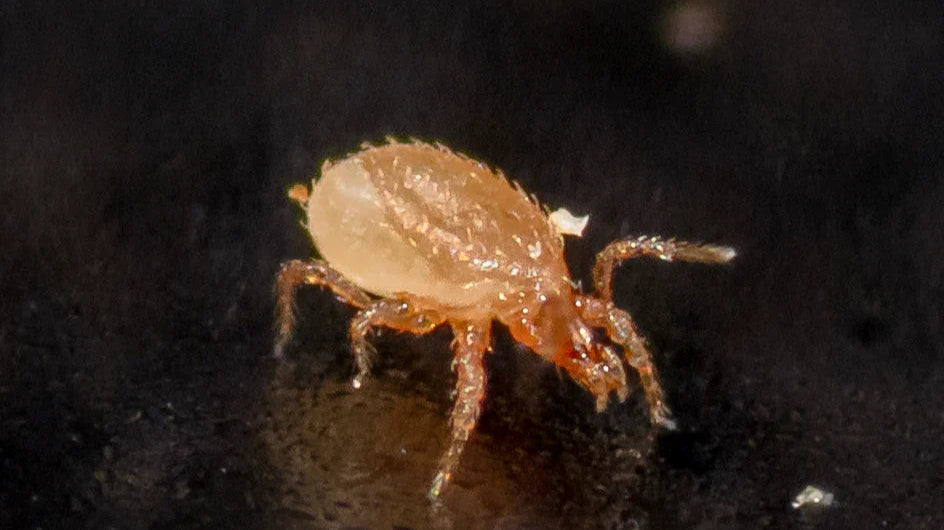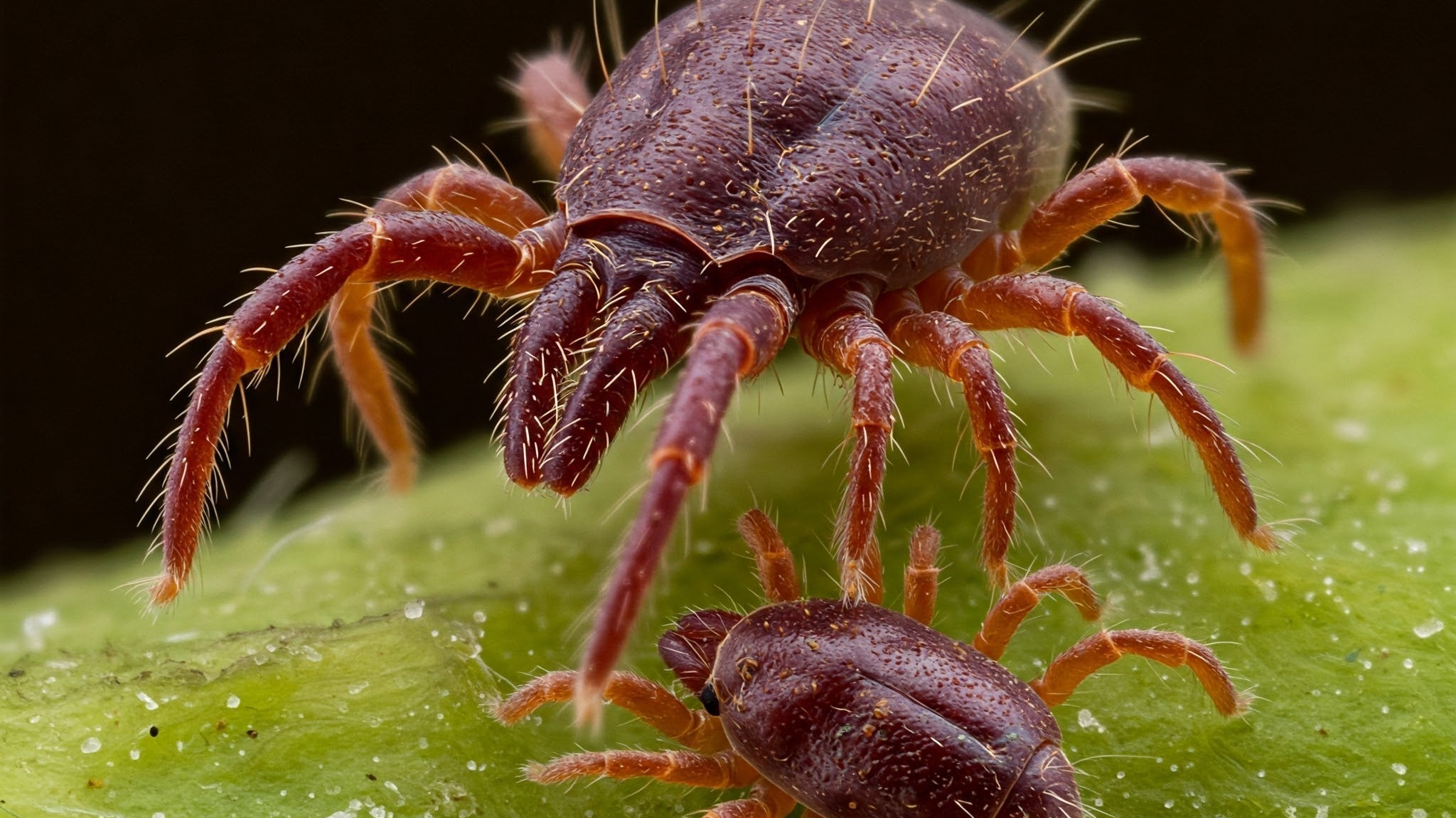Neoseiulus californicus Prevention Sachets
Targets: Spider Mites (including Two-Spotted), Broad Mites, Russet Mites
For Prevention in Tougher Conditions
If your pest pressure is inconsistent—or your environment tends to run hot, dry, or low on prey—Amblyseius californicus is a highly adaptable option. These sachets offer slow, steady release of one of the most resilient predatory mites available.
Californicus is most effective against:
-
Spider mites (Tetranychus urticae, T. cinnabarinus, etc.)
-
Broad mites
-
Russet mites
-
Other small pest mites, especially under lower food pressure
Each sachet contains eggs, juveniles, and adults that exit gradually over 2–4 weeks. While californicus reproduces more slowly than other predatory mites, it’s also less dependent on high prey levels, making it ideal for use in hotter climates, dryer rooms, or when you’re between flare-ups.
Not for Fast Knockdown
Californicus is a slow-and-steady species, not a rapid responder. If you're dealing with a visible spider mite infestation, start with Persimilis bottles, then use californicus sachets to maintain long-term suppression.
Choose Your Brand
Both options contain the same sachet count and are packed fresh in the U.S.:
-
Tip Top Bio-Control – The choice sachet for release timing under typical grow tent, greenhouse, and nursery conditions.
-
Koppert – The Plus sachet formulation offers improved emergence stability, particularly in dry or variable environments where other mites struggle to release evenly.
How to Use
-
Hang 1 sachet per plant, or every 2–3 feet in dense canopy
-
Do not open the sachet—mites exit on their own
-
Replace every 2–4 weeks, depending on temperature, plant density, and pest risk
Best Conditions
-
Temperature: 68–90°F tolerant, performs well even above 85°F
-
Humidity: Performs better than most mites in lower humidity
-
Lighting: Suitable for natural or artificial light environments
Pro Tips
-
Best for spider mite prevention. Use after initial knockdown or during early pest detection
-
Longer-lasting in low-pest setups. Can survive longer without prey
-
Avoid pesticide residues. Residual sprays—even organic—can reduce efficacy
-
Don’t expect fast visual results. This species works slowly, but steadily
Safe for Everything but the Pests
-
Non-toxic
-
Safe for pollinators and pets
-
No re-entry restrictions
-
Fully IPM-compatible
Shipping & Storage
-
Ships 2-day
-
Use immediately on arrival
-
If needed, store up to 48 hours at 50°F (avoid freezing or dry storage)
Too Many Options?
We get it. Try our mite/insect matchmaking quiz and instantly get matched to the solutions you may need.
Mite Matters
Optimizing Pest Management in Cannabis Flowering Using Predatory Mites
How to Treat Snake Mites Naturally with Predatory Mites
The Beginner's Guide to Predatory Mites
Predatory mites are the unsung heroes of plant care, working behind the scenes to protect your plants from destructive pests. Unlike chemical treatments, they offer a natural, self-sustaining solution that requires minimal effort on your part. Whether you’re preventing an infestation or fighting off an active one, these microscopic allies get the job done efficiently and effectively.









